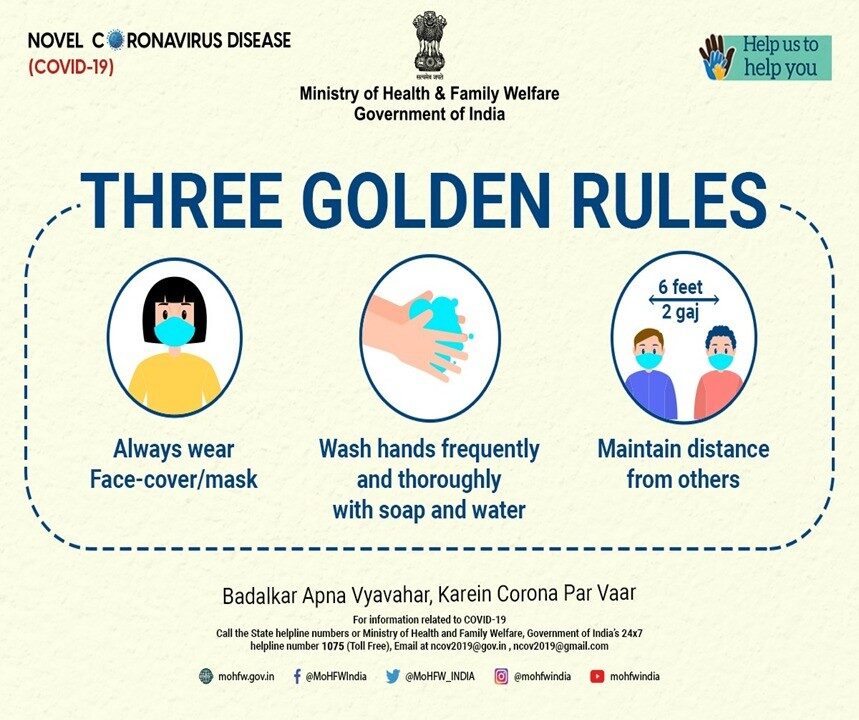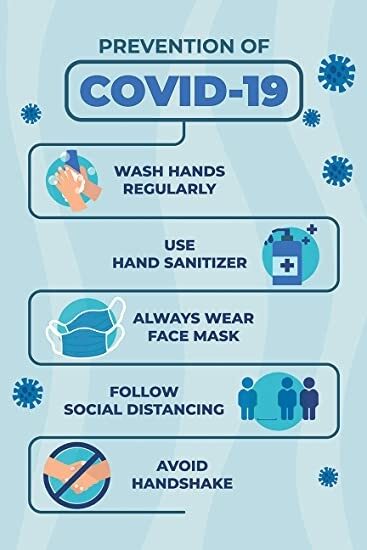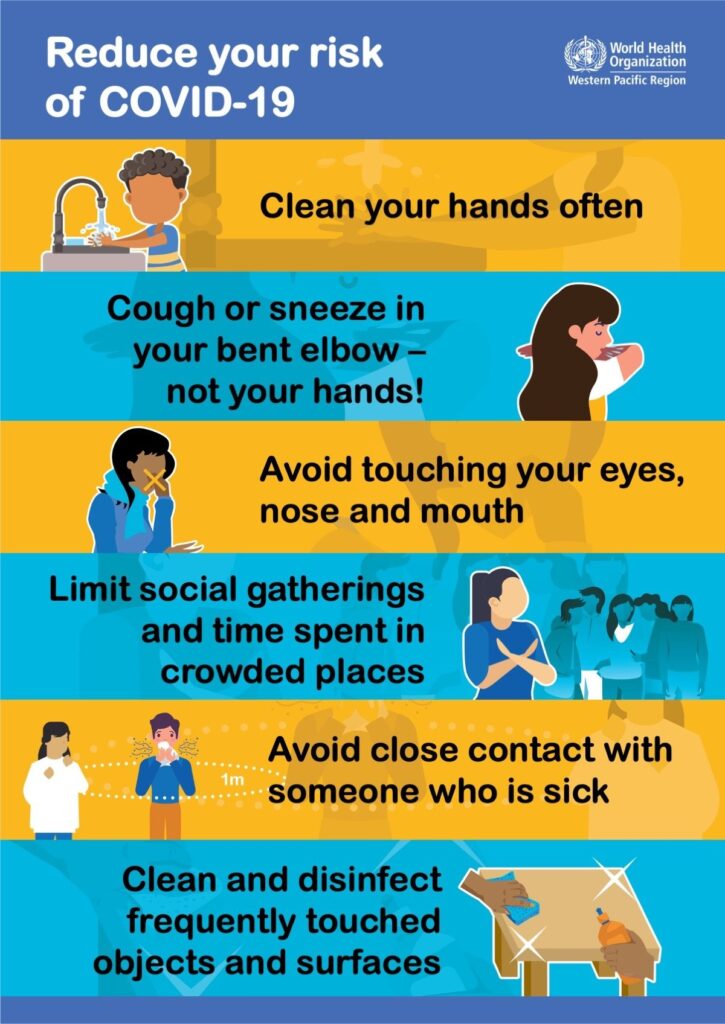The schools are awaiting a final directive from the Government regarding the re-opening of educational institutions. When the schools reopen, albeit the challenges, the institution will be well prepared to welcome the students. Keeping in mind the safety and security of each stakeholder, all necessary precautions will be ensured.
Our knowledge of COVID-19 continues to evolve, and plans are updated as appropriate as new information becomes available. While the information contained herein is intended to provide some detail, there may be additional modifications needed as the year progresses and we track the impact of COVID-19 on our community and campus. Our endeavour shall remain to update you with timely information about specific health and safety guidance important for our students’ safety.
What is COVID-19?
COVID-19 is an infectious respiratory illness caused by a newly discovered coronavirus called SARS-CoV-2. ‘CO’ stands for corona, ‘VI’ for virus, and ‘D’ for disease.
The virus can spread from an infected person’s mouth or nose in small droplets when they cough, sneeze, speak, sing or breathe. These particles can range in size from larger respiratory droplets to smaller aerosols, and people can be contagious whether or not they are displaying symptoms.
Most people infected with the COVID-19 virus will experience mild to moderate respiratory illness and recover without requiring special treatment. Older people, and those with underlying medical problems like cardiovascular disease, diabetes, chronic respiratory disease, and cancer are more likely to develop serious illness.
Symptoms
COVID-19 affects different people in different ways.
Most common symptoms:
- fever
- dry cough
- tiredness
Less common symptoms:
- aches and pains
- sore throat
- diarrhoea
- conjunctivitis
- headache
- loss of taste or smell
- a rash on skin, or discolouration of fingers or toes
What to do to keep yourself and others safe from COVID-19
- Maintain at least a 1.5 metres distance between yourself and others to reduce your risk of infection when they cough, sneeze or speak. Maintain an even greater distance between yourself and others when indoors. The further away, the better.
Make wearing a mask a normal part of being around other people. The appropriate use, storage and cleaning or disposal are essential to make masks as effective as possible.
Don’t forget the basics of good hygiene
- Regularly and thoroughly clean your hands with an alcohol-based hand rub or wash them with soap and water. This eliminates germs including viruses that may be on your hands.
- Avoid touching your eyes, nose and mouth. Hands touch many surfaces and can pick up viruses. Once contaminated, hands can transfer the virus to your eyes, nose or mouth. From there, the virus can enter your body and infect you.
- Cover your mouth and nose with your bent elbow or tissue when you cough or sneeze. Then dispose of the used tissue immediately into a closed bin and wash your hands. By following good ‘respiratory hygiene’, you protect the people around you from viruses, which cause colds, flu and COVID-19.
Clean and disinfect surfaces frequently especially those which are regularly touched, such as door handles, faucets and phone screens.






















